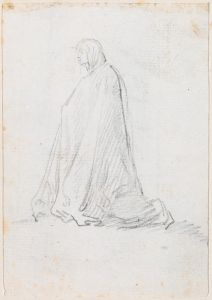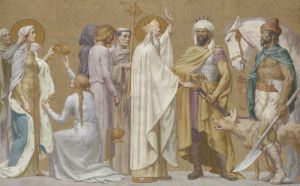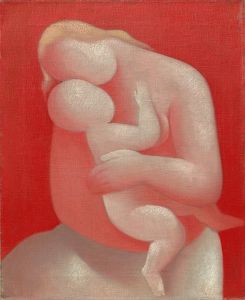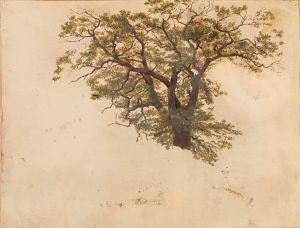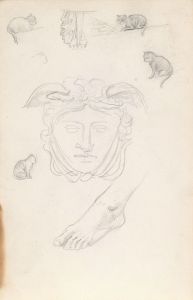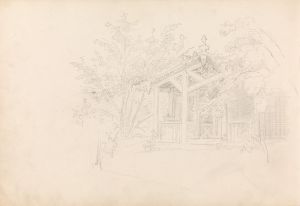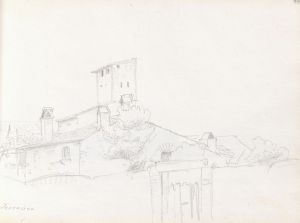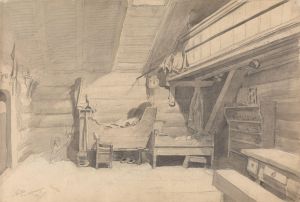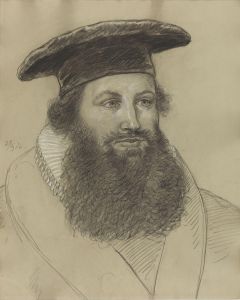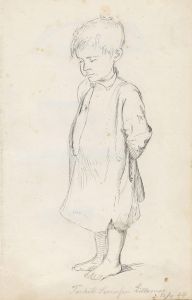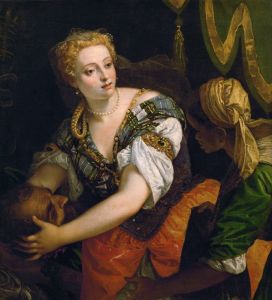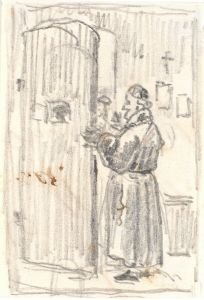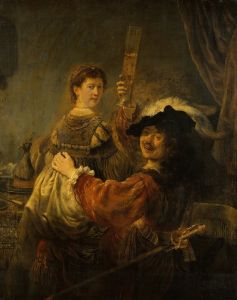
Knelende mann med foldede hender
A hand-painted replica of Adolph Tidemand’s masterpiece Knelende mann med foldede hender, meticulously crafted by professional artists to capture the true essence of the original. Each piece is created with museum-quality canvas and rare mineral pigments, carefully painted by experienced artists with delicate brushstrokes and rich, layered colors to perfectly recreate the texture of the original artwork. Unlike machine-printed reproductions, this hand-painted version brings the painting to life, infused with the artist’s emotions and skill in every stroke. Whether for personal collection or home decoration, it instantly elevates the artistic atmosphere of any space.
Adolph Tidemand, a prominent Norwegian painter of the 19th century, is best known for his depictions of Norwegian folk life and culture. One of his works, Knelende mann med foldede hender (translated as Kneeling Man with Folded Hands), reflects his characteristic focus on human emotion and spirituality. Painted in 1845, this artwork is a fine example of Tidemand's ability to capture the essence of devotion and introspection.
The painting portrays a man kneeling in prayer, his hands clasped together in a gesture of deep faith and humility. The figure is dressed in simple, traditional clothing, which aligns with Tidemand's interest in representing the everyday lives of ordinary people in Norway. The subdued color palette and soft lighting emphasize the solemn and meditative atmosphere of the scene. The background is minimal, drawing attention to the man's posture and expression, which convey a sense of earnestness and inner reflection.
Adolph Tidemand was a central figure in the Norwegian Romantic Nationalism movement, and his works often celebrated the cultural identity and traditions of Norway. While Knelende mann med foldede hender does not explicitly depict a specific cultural or historical event, it resonates with the themes of faith and rural life that were central to Tidemand's oeuvre. His art played a significant role in shaping the national consciousness of Norway during a period when the country was seeking to define its identity following its independence from Denmark in 1814.
The painting is part of Tidemand's broader body of work, which includes other notable pieces such as Haugianerne (The Haugeans) and Brudeferden i Hardanger (The Bridal Procession in Hardanger), the latter created in collaboration with Hans Gude. While Knelende mann med foldede hender may not be as widely recognized as some of his other works, it remains an important example of his ability to convey profound emotional and spiritual themes through his art.
Today, Adolph Tidemand is remembered as one of Norway's most influential painters, and his works continue to be celebrated for their historical and cultural significance. Knelende mann med foldede hender exemplifies his dedication to portraying the dignity and humanity of his subjects, making it a valuable contribution to the canon of Norwegian art.





